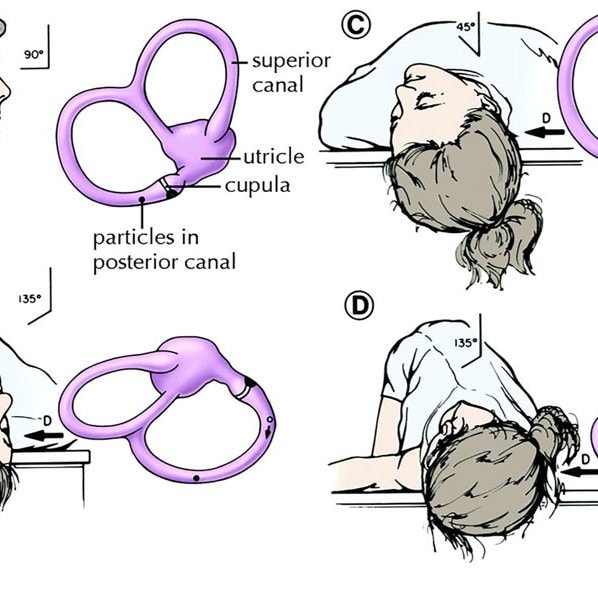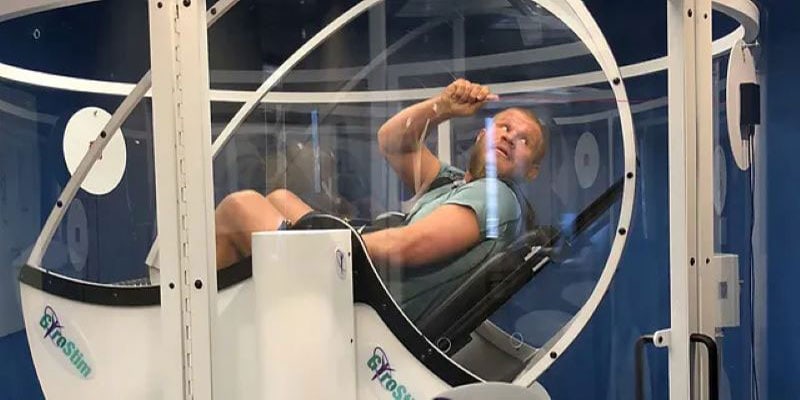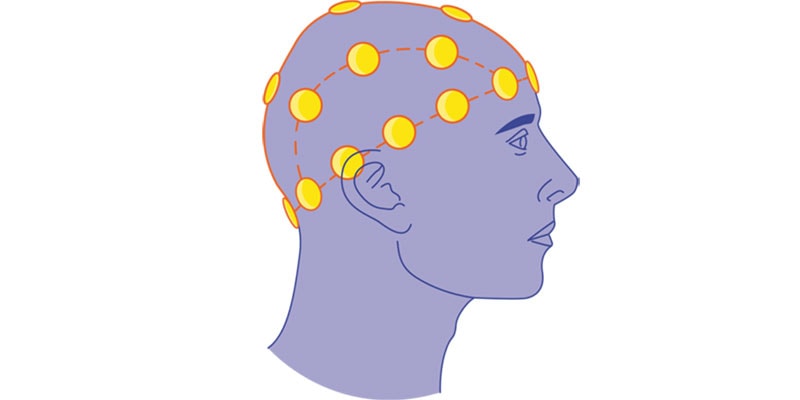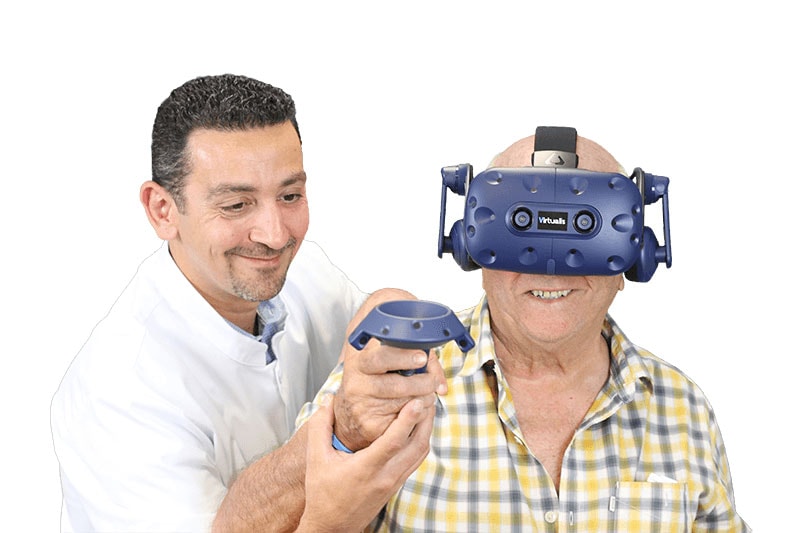Benign Paroxysmal Positional Vertigo also referred to as BPPV is an imbalance in the inner ear that can cause symptoms associated with vertigo such as experiencing a false sense of spinning or movement. BPPV is one of the most common imbalances of the inner ear and is usually seen in individuals 60 years of age and older.
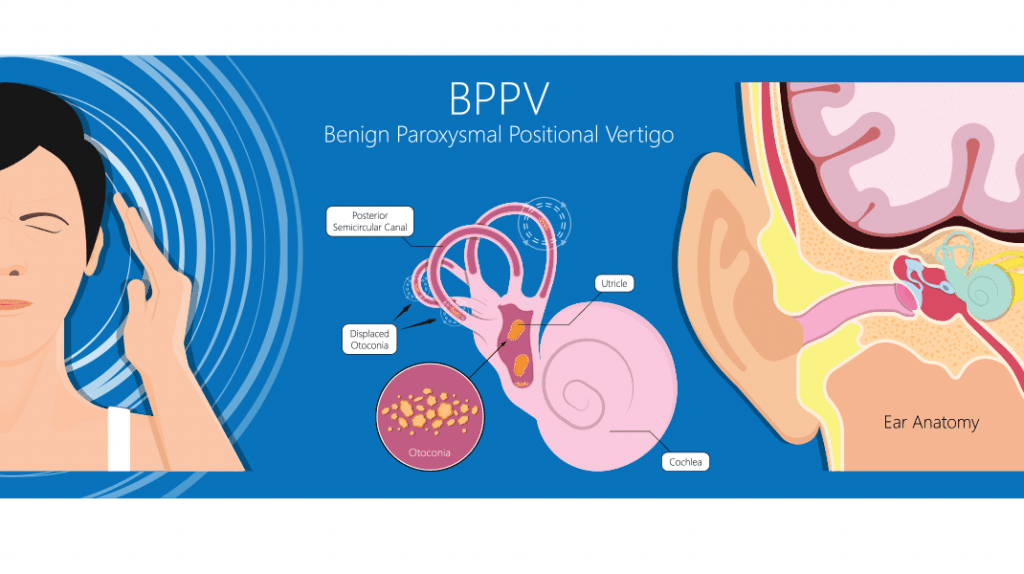
What causes BPPV?
In order to understand the cause of BPPV, it is imperative to understand the basic workings of the inner ear. Our inner ear contains the vestibular system which consists of 6 semicircular canals. These canals have endolymph which is a fluid like liquid that moves through the canals as the head shifts in different directions. With this stated, the endolymph is specialized and important for the inner ear as it can activate a certain semi-canal with movement. However in BPPV free flowing crystals fall into the fluid-filled canals and disrupt the flow of the endolymph. Essentially once the crystals fall into the sensitive vestibular system canals they activate the sense of rotation on the head. Therefore, when an individual moves their head these crystals can cause vertigo and jumping of the eyes referred to as Nystagmus.
What are some symptoms?
As briefly explained above, BPPV can cause a sense of dizziness and is more closely associated with vertigo in terms of the spinning sensation. This is especially prominent whenever an individual moves their head position. As a result of this spinning sensation it is not uncommon for individuals to experience nausea or feel quite ill. This condition therefore can cause the risk of various injuries since balance is not able to be maintained.
Is there a treatment?
Sometimes the symptoms concurrent to BPPV may go away on its own after several weeks. However if you want to relieve all of the symptoms the quickest way possible the doctors at Norcal Brain Center can recommend a repositioning maneuver. Using this technique the doctor is able to perform a non-invasive maneuver where they position your head in different directions for around 30 to 45 seconds. This maneuver can help alleviate some dizziness in as little as one session. Of course there are variations in the time it takes to notice significant changes, but this maneuver has shown to improve the dizziness sensation in patients suffering from Benign
